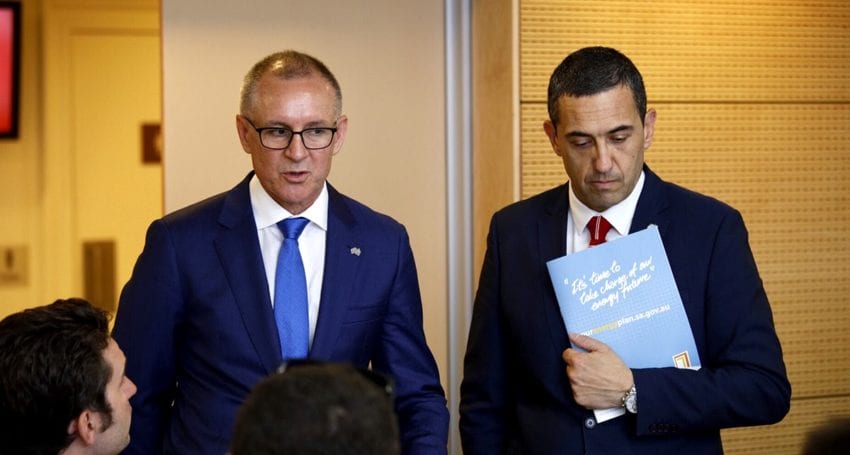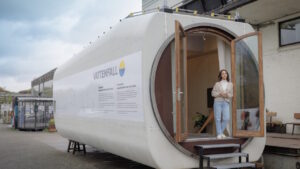
South Australia has abandoned plans to have its state-based energy security target in place this summer after conceding is could have little impact given the new initiatives by the Australian Energy Market Operator and the lack of competition in the local grid.
Officially, South Australia has decided to “defer” the start date of the EST until 2020, having already deferred it from a July 1 start to a January 1, 2018 start. But given the state poll in 2018, and the new initiatives taking place in the broader market, it seems unlikely to ever see the light of day.
The EST was a key component of the $550 million Energy Security Plan the S.A, government unveiled earlier this year following its dismay at the forced load shedding in February and other incidents.
But it seems likely that the only two components to have a lasting impact will be the Tesla big battery, which is due to come into service on December 1, and the 150MW solar tower and molten salt storage facility in Port Augusta, which will contract to supply the government’s own electricity needs.
The government has also committed to an emergency gas plant, and will install emergency generators this summer and next, but has kept its options open about the future. These may not be needed if demand management initiatives and other schemes take effect.
The EST was to be one of the centerpieces of the plan, aiming to ensure that 50 per cent of demand was met by S.A.-based “dispatchable” generation by 2025.
The original structure of the EST was harshly criticised because it was thought it would favour gas plants over battery storage, would not reduce prices and could end up as a $3.5 billion subsidy to the gas industry.
But it appears to have been made redundant by AEMO’s decision – explained here – to require that at least three gas generators operate at all times, and more if the wind output from the state’s wind farms is more than 1200MW.
That guarantees the presence of gas-fired generation, but it also means that because three gas units are generating at the same time, and therefore sets the price, the chances of a reduction in wholesale prices are effectively removed.
The impact of the curtailment was made evident last week, when the wind output ran at a steady 1200MW for three days, with no significant fall in prices – apart from when the link to Victoria was constrained – because gas generators had to continue generating.
The S.A. government says that modelling from Frontier Economics, one of the architects of the EST, indicates that if the scheme was to lower power prices it requires the operation of a more competitive energy market.
It suggests that may not occur till 2020, when the solar tower and storage facility, and new facilities supported by the $150 million Renewable Technology Fund are built.
“Since we announced the EST a number of changes in the National Electricity Market have delivered system security outcomes similar to those the EST would seek to achieve,” energy minister Tom Koutsantonis said, noting also AGL’s decision to invest in a new gas generator and the implementation of 49 out of 50 Finkel recommendations.











